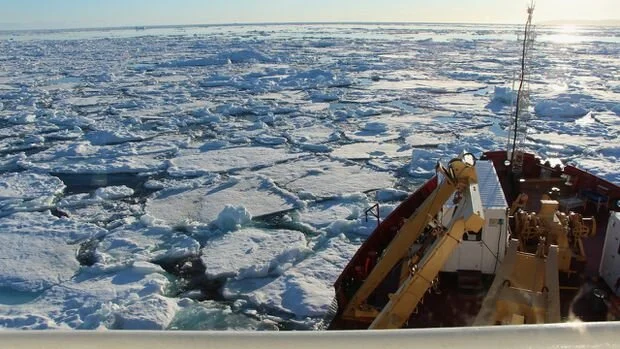In the first large-scale survey of its kind in the region, researchers sampled more than 30 locations across the eastern Arctic and Hudson Bay and were able to detect microplastics nearly everywhere they looked, including in surface waters, marine sediments and in the guts of zooplankton – the tiny, floating organisms that occupy the base of the Arctic food chain. And while the long-term effects of the materials on the environment and on human health remain largely unknown, the results suggest widespread exposure is becoming inescapable, even for people living in the most remote areas of the globe.
The Great Lakes are full of microfibres — but there might be an easy solution
A new study is taking the fight against microfibres in the Great Lakes back to the source: washing machines. The tiny particles of plastic are shed by synthetic fabrics like nylon and fleece when they're washed, slipping through water treatment plants and into the lakes. To stem the flow, researchers will install about 100 special filters on washing machines in Parry Sound, Ont. to see if they reduce the amount of plastic particles that show up at the town's water treatment plant.
Study finds evidence of microplastics in human gut, but health impacts unclear
In the first study of its kind, researchers say they have found evidence of tiny plastic particles in the human gut. Austrian researchers analyzed stool samples of eight people from different countries and found that all of them tested positive for at least one microplastic. On average, there were 20 microplastic particles found per 10 grams of stool.




